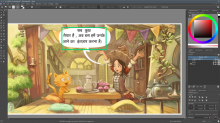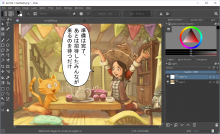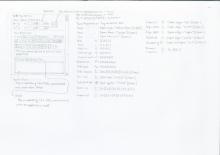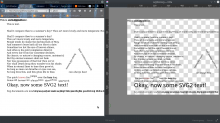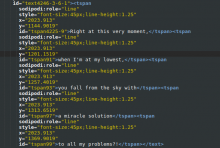We need a new text tool. The first step is requirements gathering.
Existing Bugs
Here's the list of existing text tool bugs:
- 355772 - Navigation controls stop working when in text edit mode
- 355770 - Unable to select spaces or tabs while editing an Artistic Text object
- 355771 - Unable use the '.' character on the keyboard's number pad in Text Editing
- 355773 - Duplicating Artistic Text will remove multiple spaces
- 344124 - Text becomes uneditable once dragged into an hidden Group layer
- 346799 - Artistic text tool does not support cut, copy and paste.
- 343025 - UI Flickering using pen tablet to edit Multiline text in Ubuntu 14.04 Unity
- 342223 - Multiline Text Background Colour Transparency isn't saved properly
- 306181 - Multiple issues with the multiline text shape
- 350782 - Doesn't support Writing using Arabic text
- 361169 - overlapping characters rendered incorrectly
- 364167 - Make it possible to adjust letter spacing and line spacing in Mutipleline text tool -- Tyson Tan's Kickstarter Chosen Bug
Requirements
- paragraphs (but not pages)
- right-to-left, left-to-right, top-to-bottom script layout: support for western scripts, semitic scripts and chinese/japanese. Mongolian, probably not so much.
- fill irregular shapes (balloons and boxes)
- styles: bold, italic, fonts
- compatible with inkscape (svg)
- can be put on a path
- easily translatable using scripts that work on .kra files
- can be baked/rendered from a .kra file
Not Requirements
- On canvas editing. Creating the text in an editor popup should be fine.
- OpenDocument support
- PSD text support. Though we could try to convert to and from PSD text, I don't think we should make PSD's text handling our native file format. Can PSD to RTL and TTB, actually?
Design
- File format: SVG, for inkscape compatibility. Does that support RTL, TTB scripts?
